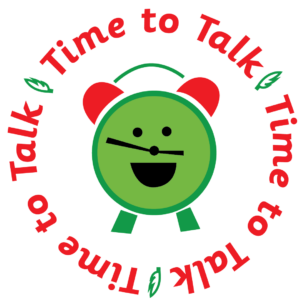Number (patterns): Honeycomb
Challenge level ⭐
(designed for children with prior knowledge of the Year 3 programme of study)
Learning Objective
We are learning how to solve a natural world problem by using and applying our skills and knowledge of number and identifying patterns.
Useful prior knowledge:
- To draw 2D shapes (including hexagons)
- An understanding of the terms ‘highest’ and ‘lowest’

Clip Description
Honey bees make honey from the pollen and nectar, which they collect from flowers. The honey is stored inside a honeycomb along with their larvae. The honey provides food for the bees over the winter months. Honeycombs are made from beeswax, a substance created by worker bees. Interestingly, bees are the only insects that produce food eaten by humans.
In this fascinating clip, we are transported to Nepal. In this mountainous country, honey hunters climb enormous cliffs to reach bee hives containing honeycombs. Why do the bees make their waxy honeycomb in a hexagonal pattern? Watch the clip to find out.
Quick Whiteboard Challenge
We have learnt that a honeycomb contains a pattern of repeating hexagonal cells. A hexagon is a a 2-D shape with 6 straight sides.
Can you think of a question, where 6 is the answer? Can you think of a question that no one else will have thought of?

 Sign in
Sign in

